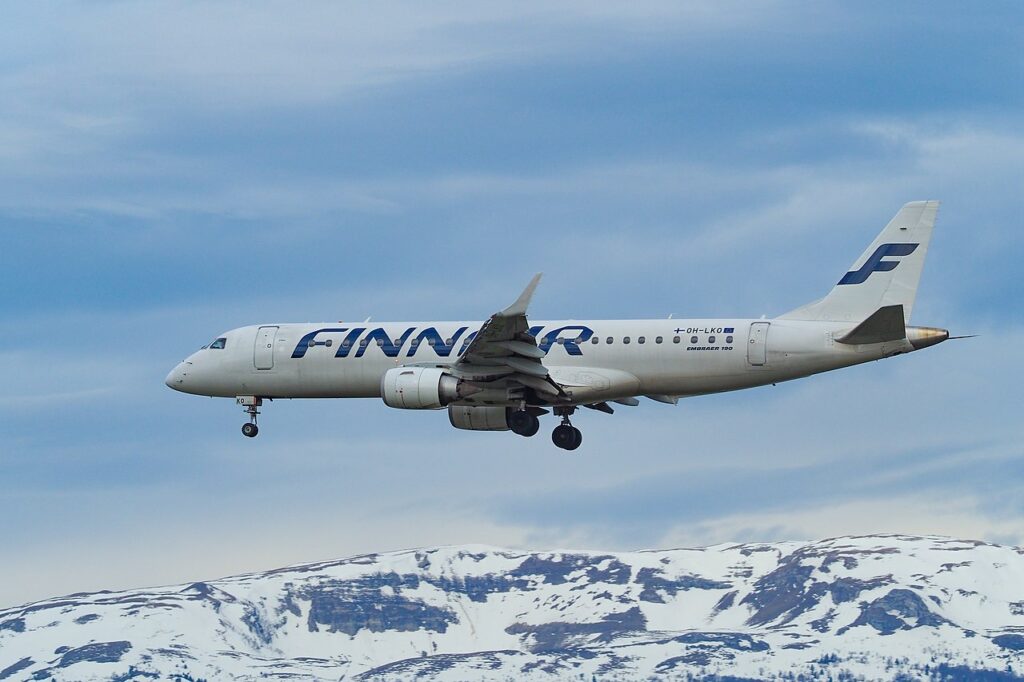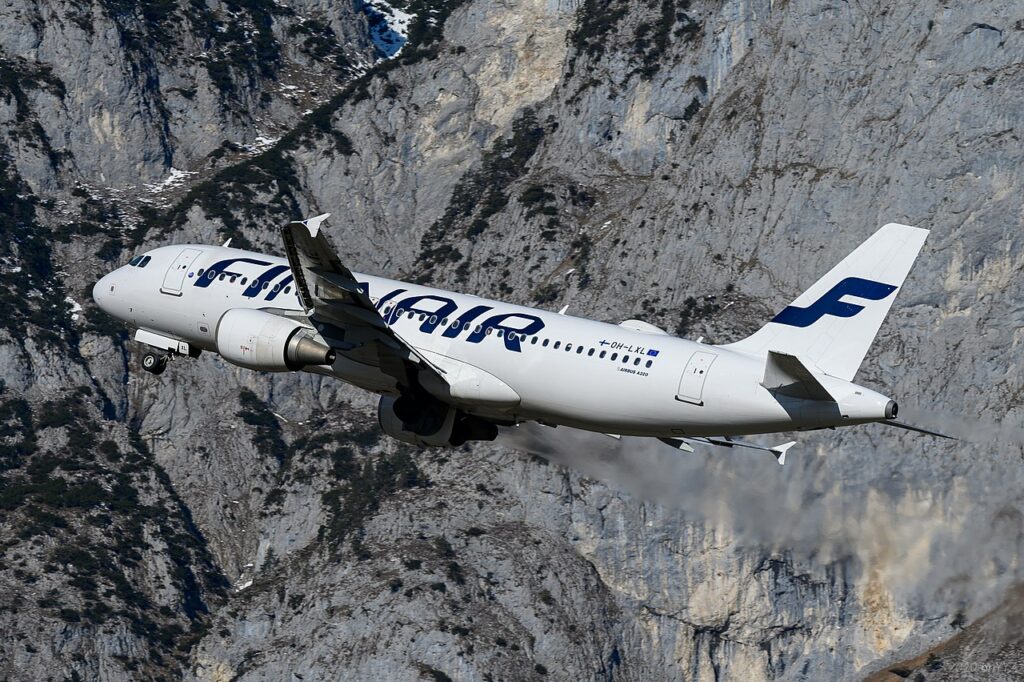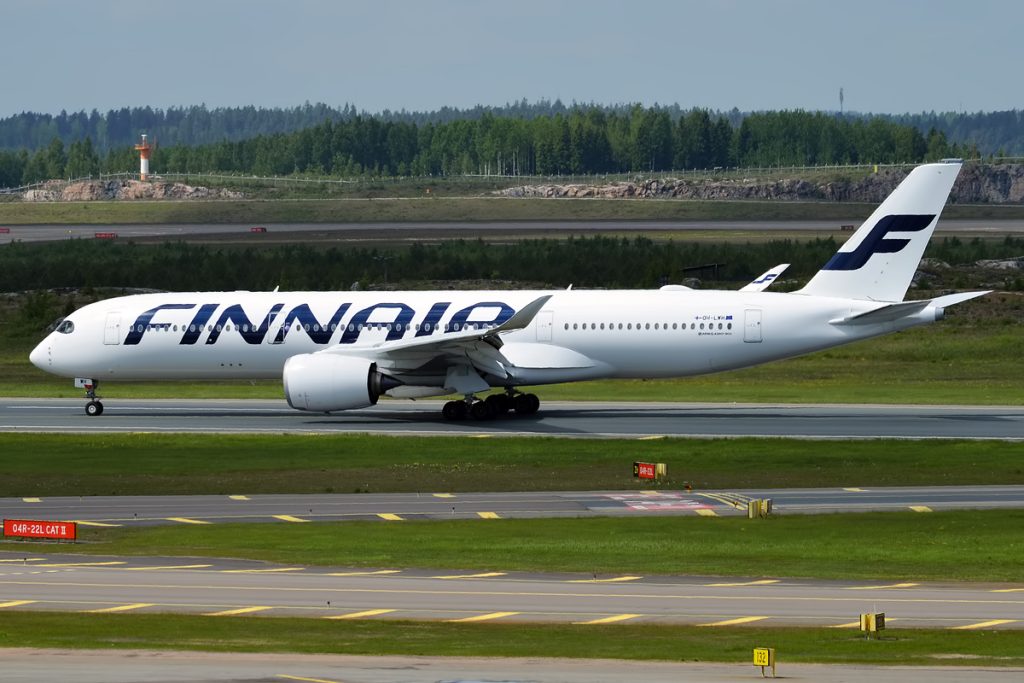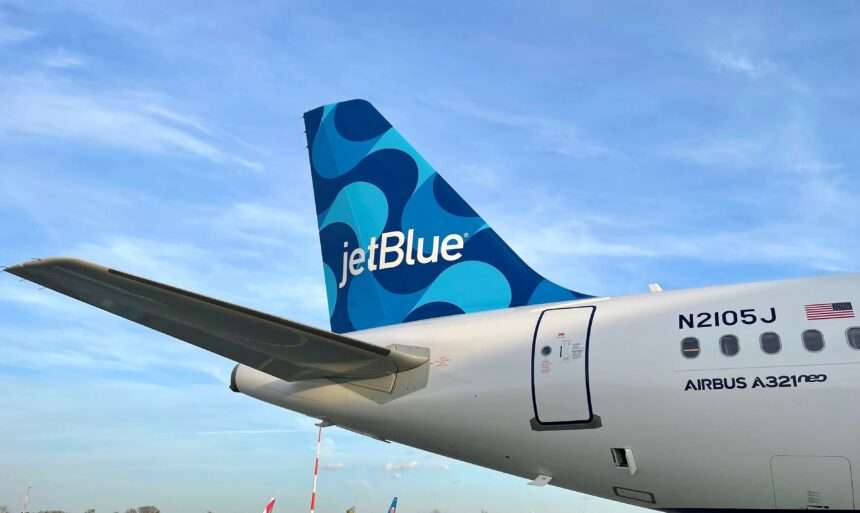Strong demand and a well-progressed strategy implementation led to a break-even result during what is the seasonally weakest quarter for Finland’s national carrier Finnair.
Q1 performance summary
Finnair’s recently disclosed first quarter results for 2023 show the carrier consolidating reasonably well in the traditionally flat reporting period of the year.
Overall, revenue saw an increase of 73.8% to EUR 694.7 million year-on-year. Similarly, the number of passengers carried increased by 71.8% to 2.6 million compared to 1.5 million last year.
Passenger load factor for the period came in at a reasonable 75.1%, and on-time performance was at a respectable 82%.
Unsurprisingly, high fuel prices had an adverse cost impact of approximately EUR 40 million year-on-year.
Projections for 2023
Finnair reiterates its guidance, estimating that in 2023, it will operate an average capacity of 80–85 per cent, as measured in ASKs, compared to 2019.
The capacity is impacted by the development of demand, e.g., increase in travel on Chinese routes, and potential leases of aircraft with crew to other airlines.
With the general uptick in appetite for air travel, Finnair estimates that it will see the strong demand for travel will continue, further supporting its unit revenues.
The summer months are the high season in travel, whereas demand typically weakens towards the end of the year, based on normal seasonality.

[monsterinsights_popular_posts_inline]
Opposing factors
However, the continuing atmosphere of general economic uncertainty weakens the visibility on travel demand development after the summer season 2023, says the airline.
Significant uncertainty in Finnair’s operating environment continues. The price of fuel is high, and the end of the Russian airspace closure is not in sight.
Further, the extent of the impacts of inflation and rising interest rates on demand and costs is uncertain.
Revenue projections
Finnair estimates that its 2023 revenue will significantly increase and comparable EBIT will significantly improve year-on-year, especially as the first half of 2022 was heavily burdened by both the pandemic and the closed Russian airspace.
Nonetheless, the company estimates that its revenue and comparable EBIT will not yet reach the level of 2019.

CEO comments
Finnair CEO Topi Manner observed that the year started on a positive note, as Finnair achieved a marginally positive comparable operating result in the seasonally weakest first quarter.
Manor further noted that Q1 2023 was the third consecutive profitable quarter after ten loss-making quarters caused by the pandemic and the closure of Russian airspace.
The first quarter of the year is typically a difficult one for airlines in general, coming off peak demand and also preparing financially and operationally for the coming summer peak season.
In spite of this, Finnair’s breakeven result seems to show a great consolidation by the airline in the quarter one period.
CEO Manner observes: “The result speaks of both good progress in strategy implementation, and of a strong demand environment.”
“Strong demand, combined with capacity and resource constraints in the aviation sector caused by the pandemic, contributed to the positive development of our unit revenues.
“We are heading in the right direction, but the road to recovery is a long one. We cannot expect that the current strong demand situation is a permanent one,” he warns.
“Our operating environment remains challenging in many respects, as the fuel price has remained high, inflation has not subsided, interest rates have risen, and the Russian airspace remains closed as the war in Ukraine continues.”
“Therefore, we are determined to continue implementing our strategy, seeking both an increase in unit revenue, and a reduction in unit costs, in order to be able to achieve our financial targets in a normalised demand and capacity environment.”
A balanced network
Finnair is presently operating what Mr Manner characterises as a geographically balanced network.
Although the closure of Russian airspace has reduced traffic to Asia and travel to China is only starting to increase, Finnair’s position in traffic between Europe and Asia has remained strong.
The airline has found an offset in the form of passenger flows in long-distance traffic, for example, in traffic between the United States and Europe, India and the United States, and the Middle East and Northern Europe.
Mr Manner also noted the fact that brisk travel within Europe has also continued. Leisure travel has returned to the pre-pandemic level, and the recovery of business travel continues.
Summary
Following a relatively good first quarter performance, the airline sees itself moving well in terms of performance and returns into the summer season.
Finnair remains cautious with respect to performance through the latter half of the year coming off the peak summer season, given the prevailing global economic conditions. For the time being they appear well-positioned to meet the summer peak period.
CEO Manner observes: “We are now preparing for the busy summer season. We have strengthened our resources by recruiting pilots and hiring seasonal workers for cabin service through a partner.”
“Thanks to our strong team and well-functioning home base Helsinki Airport, we are in an excellent position to serve our customers during the upcoming peak travel season.”









